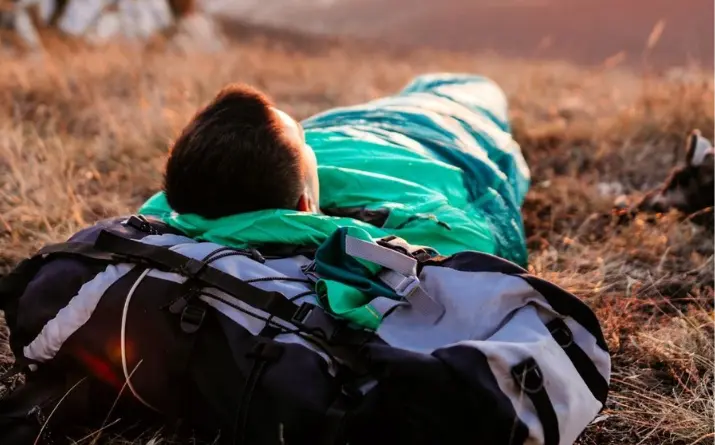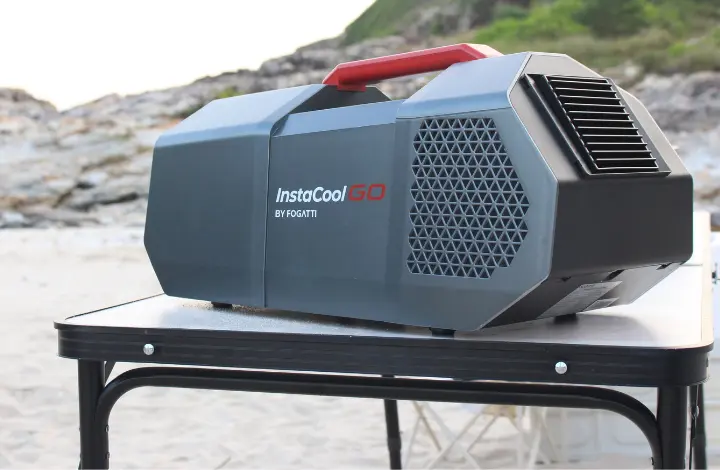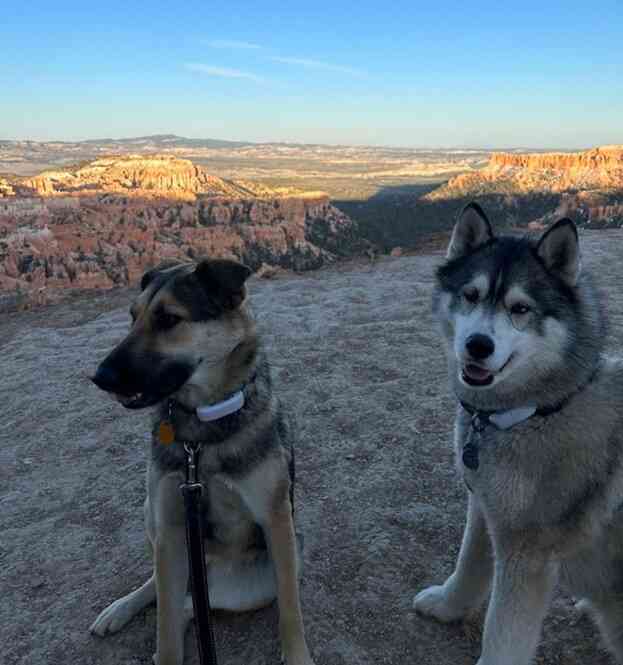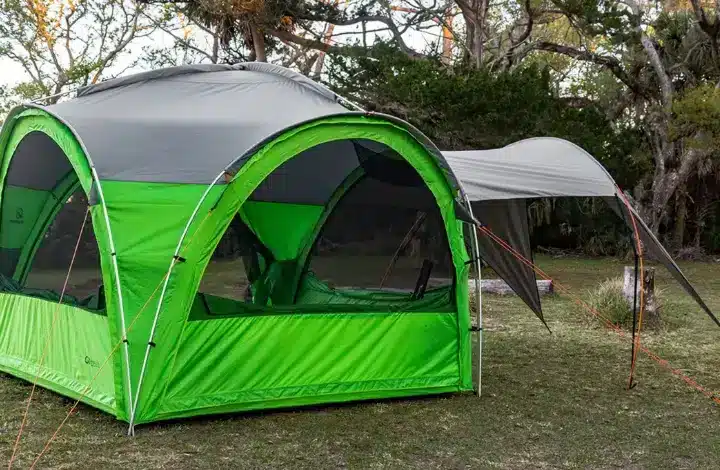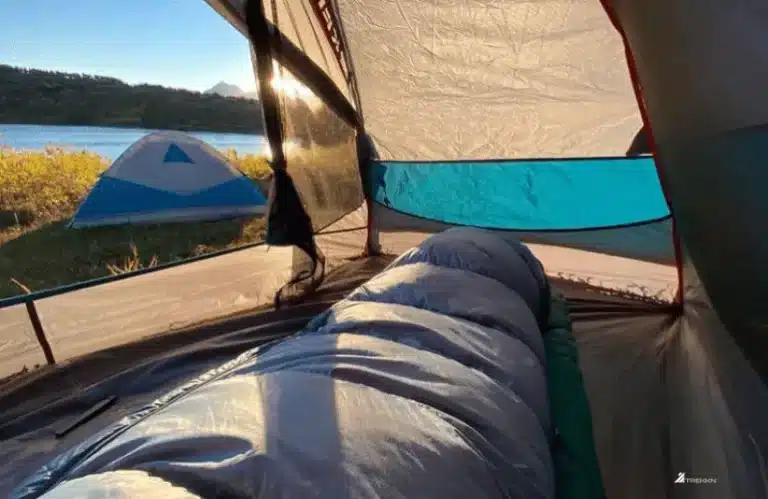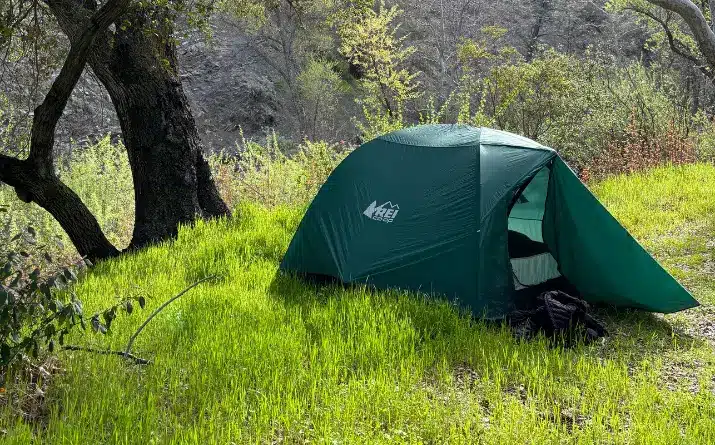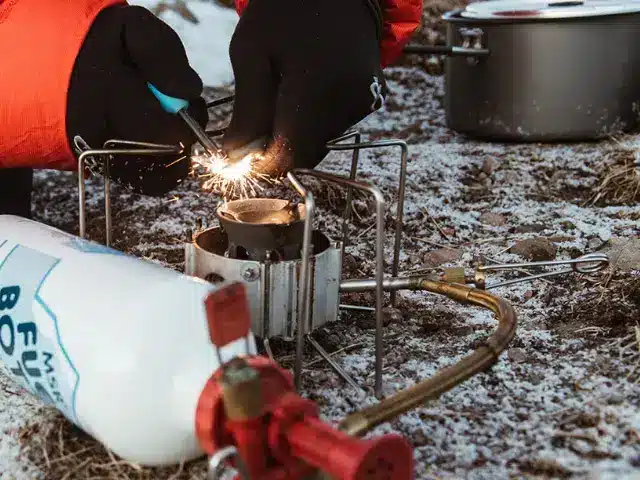How To Choose Your Ideal Sleeping Bag for Backpacking
When it comes to backpacking, there are quite a few factors that influence how pleasant the experience turns out. Besides picking a good backpack, hiking shoes, and layers, choosing a sleeping bag for backpacking can often be one of the hardest (and most expensive) decisions.
The world of sleeping bags has the tendency to be a bit confusing, particularly for people just starting out in the hobby. In an effort to clear up confusion and stop a prospective backpacker from being overwhelmed, I’ve written a general guide for choosing your next sleeping bag for backpacking.
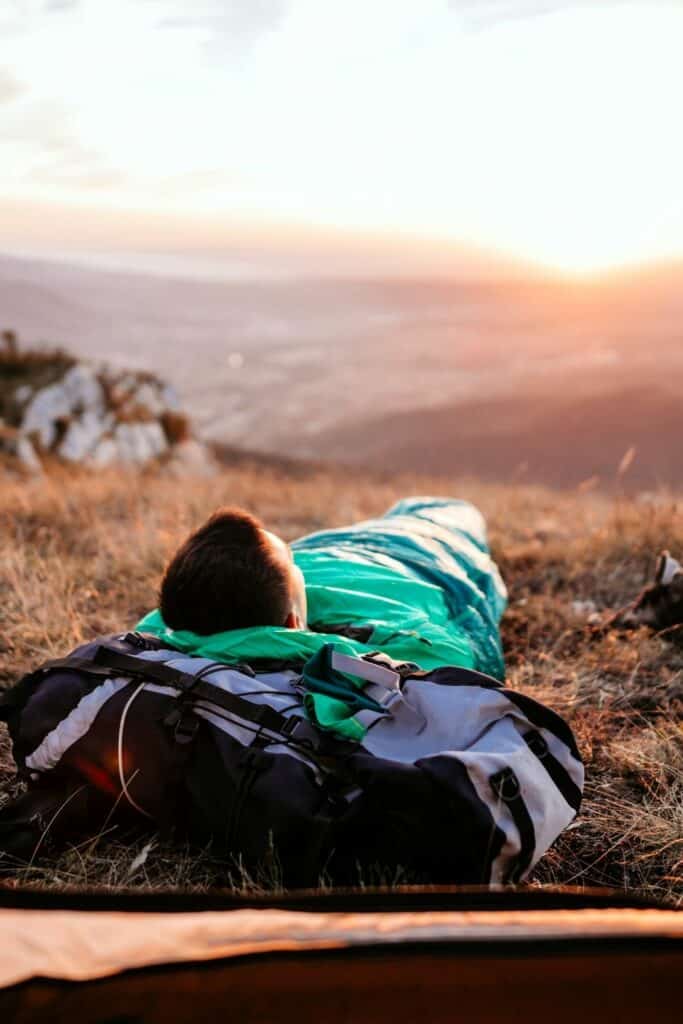
The Basics
As a starting point, a good sleeping bag is one that fits your body, retains your body heat, while also staying lightweight and easily compressible. Depending on the conditions you are camping in, as long as a sleeping bag meets all of these criteria, you’re basically good to go.
But how does a sleeping bag even manage to do all of these things? What’s the difference between one bag that keeps me warm and cozy, and another that makes me miserable?
In order to obtain these answers, let’s take some time to understand how a sleeping bag works.
How Sleeping Bags Work
A sleeping bags’ only function is to slow your body’s inevitable heat loss throughout the night. It accomplishes this by utilizing fill material (such as down or synthetics) to trap an insulating layer of air between your body and the air outside of the bag.
A sleeping bags’ ability to do this effectively depends on a number of factors: how warm your body naturally runs, how well the bag fits you, and the insulation inside the sleeping bag.
An individual’s physiology can be vastly different from another’s, so it’s important to understand that a sleeping bag doesn’t create warmth. It simply retains warmth generated by your body.
If you are a cold sleeper, your choice of sleeping bag will be different from a warmer sleeper, even if weather conditions are the same.
The fit of the sleeping bag can also make or break your ability to stay warm. If a bag is way too big for you, that creates excess space that needs heating, as well as adding unnecessary weight. This impacts the efficiency of your sleep system.
If a bag is too small, your body will compress the insulation of the sleeping bag, basically canceling out its ability to retain body heat. When possible, try out a sleeping bag in a store. If you’re on the taller side, sizing up to a “long” version may be best.
After evaluating these two components (personal physiology and fit), it’s time to look at the nitty-gritty sleeping bag details.
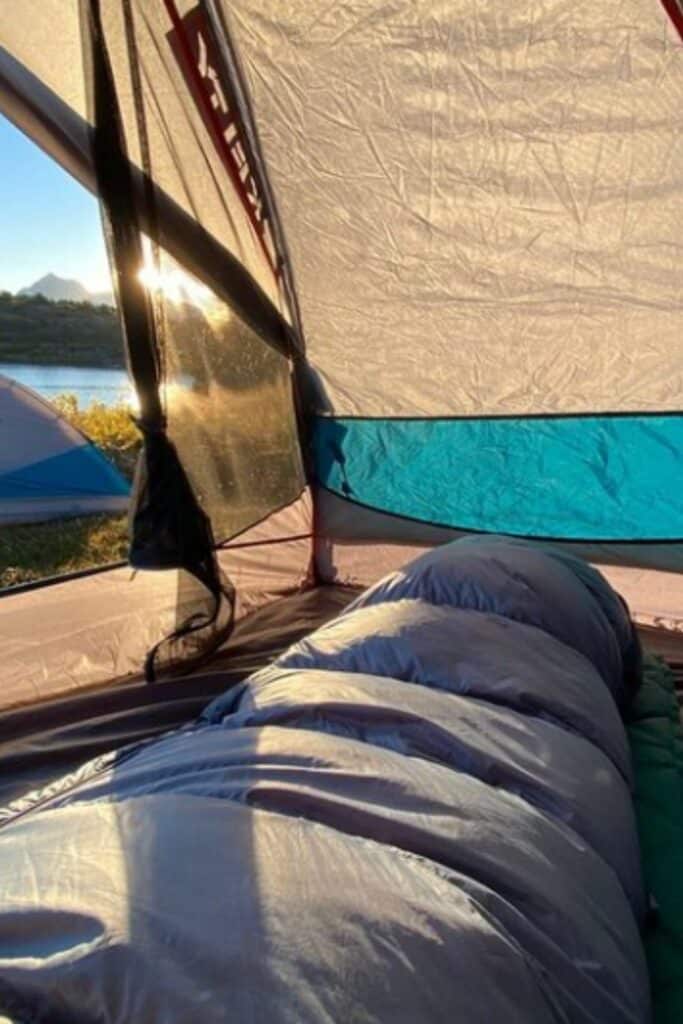
What to Consider When Purchasing a Sleeping Bag for Backpacking
If you have no experience with shopping for sleeping bags, all of the info provided by the manufacturer can seem like gibberish. Step by step, we will walk through all of the different options offered, focusing on the details that are actively keeping you warm and cozy.
Sleeping Bag Temperature Ratings
The first component that most people will look at when combing through sleeping bags is the temperature rating. Taking into consideration the climate, season, and location of your possible camping spots, you will want to find a bag that will keep you warm.
A sleeping bag rating gives the consumer an idea of the lowest temperature at which the “average person” would stay warm.
In the past, these ratings served as a very rough estimate. You couldn’t be sure that one company rated their sleeping bags at an equivalent standard as another company.
In modern times, many sleeping bags obtain their temperature rating via independent, international standards. These standards are “ISO” and “EN“. With these rating standards, campers are able to confidently compare sleeping bags across different brands.
Four Temperature Ratings for Sleeping Bags
Under the new standard, sleeping bags are given four different ratings (although most companies won’t list all of these):
- Upper Limit: The highest temperature that a “standard man” can sleep without sweating. This rating is typically omitted from most sleeping bags. The good news is that it’s easy to unzip the bag for some ventilation in higher temperatures.
- Comfort: The lowest temperature for a “standard woman” to sleep comfortably. It is recommended that women refer to this number when shopping for sleeping bags.
- Lower Limit: The lowest temperature for a “standard man” to sleep comfortably. It is recommended that men refer to this number when shopping for sleeping bags.
- Extreme: According to ISO/EN, “A sleeping bag should only be used in this range in an emergency.” This is the “survival” rating for a “standard woman”.
Even though these ratings seem very official and trustworthy, they are by no means an assurance of warmth. The temperature ratings are excellent for gaining an idea of what conditions you can use the bag in, but that’s about it.
There are many more factors that contribute to keeping you warm when camping, which we will get into later!
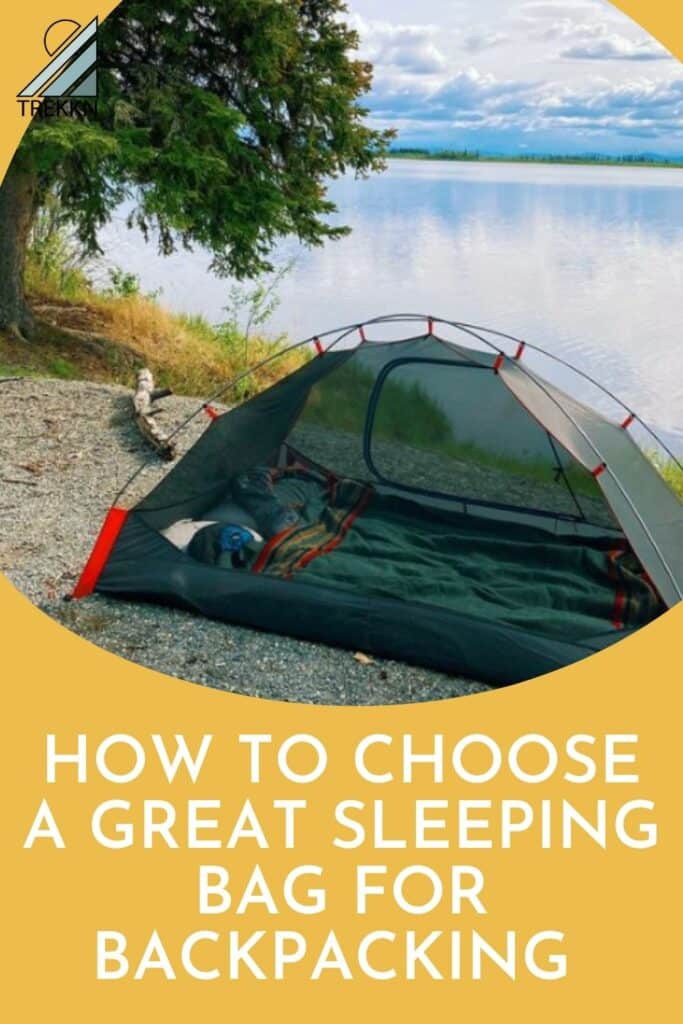
Three-season or Winter?
It’s important to consider where, when, and how you will use the bag. As a general rule of thumb, a sleeping bag for backpacking will fall into one of two categories:
- Three-season sleeping bag: Temperature ratings ranging from 40 degrees Fahrenheit to 15 degrees Fahrenheit.
- Winter sleeping bag: Temperature ratings ranging from 15 degrees Fahrenheit to -10 degrees Fahrenheit.
If you are only planning to go on a few backpacking trips throughout the summer months, choosing a bag rated for 30 to 40 degrees is probably all that you need. Perhaps some summer alpine trips are in your future. In that case, investing in a high-quality, 15-degree bag might be the best choice for you.
Anything lower than 15 degrees lands you in “winter” territory. While owning a 0 degree sleeping bag will make you feel prepared for anything, you will not have the best time trying to sleep comfortably in temperatures higher than 30 degrees.
It is common to have two sleeping bags; one that falls into each category. If you don’t plan to stop camping when the seasons change, investing in two sleeping bags is most likely your best option.
Types of Sleeping Bag Insulation
Not all sleeping bags are created equal. One of the first decisions you must make has to do with insulation type.
For every sleeping bag on the market, there are two main choices for insulation: natural down (goose or duck) or synthetics (polyester fibers). Let’s take a look at the advantages and disadvantages of each type.
Down Insulation
Down insulation is prized for its ability to keep a camper incredibly warm while also being lightweight and easily compressible. These bags are more expensive than their synthetic counterpart. For most backpacking sleeping bags, down fill is common. When weight and size make all the difference in your backpack, it’s easy to see why.
Durable Water Repellent (DWR) Treatment
In damper conditions, however, down will not perform well. When down gets wet, it no longer insulates. Down is mostly ideal for cool, dry conditions.
Even though this issue isn’t completely avoidable, many bags will be treated with DWR chemicals to increase their hydrophobic properties. If you are expecting to run into damper conditions, definitely consider purchasing a sleeping bag that has been treated with DWR.
Durability of Down
Another thing to note is the durability of down insulation. If properly taken care of, a down sleeping bag will last much longer than any synthetic. You can ensure this durability by storing your bag in a large mesh sack, allowing it to “loft”.
If you keep a down bag tightly packed in a compression sack all of the time, this will affect its ability to keep you warm in the long run.
What is Fill Power?
The way down insulation is measured across different products is “fill power.” Fill power refers to the quality of the down. In this context, quality is measured by the cubic inches of loft produced by one ounce of the down. The higher the fill power, the less down is required to capture an equal amount of heat.
This does not mean that higher fill power automatically means warmer, though. A 650-fill-power and an 800-fill-power sleeping bag can be equally warm. The 800-fill will just be lighter and more compressible than the 650. It is for this reason that higher fill power will always mean more expensive.
Sustainability
Being that down comes from geese and ducks, sustainability and cruelty are certainly worth looking into. Many providers of down products have taken action to assure customers of the humane treatment of the animals providing the down.
There are now standards in place, RDS (Responsible Down Standard) and TDS (global Traceable Down Standard), to designate products that meet their criteria.
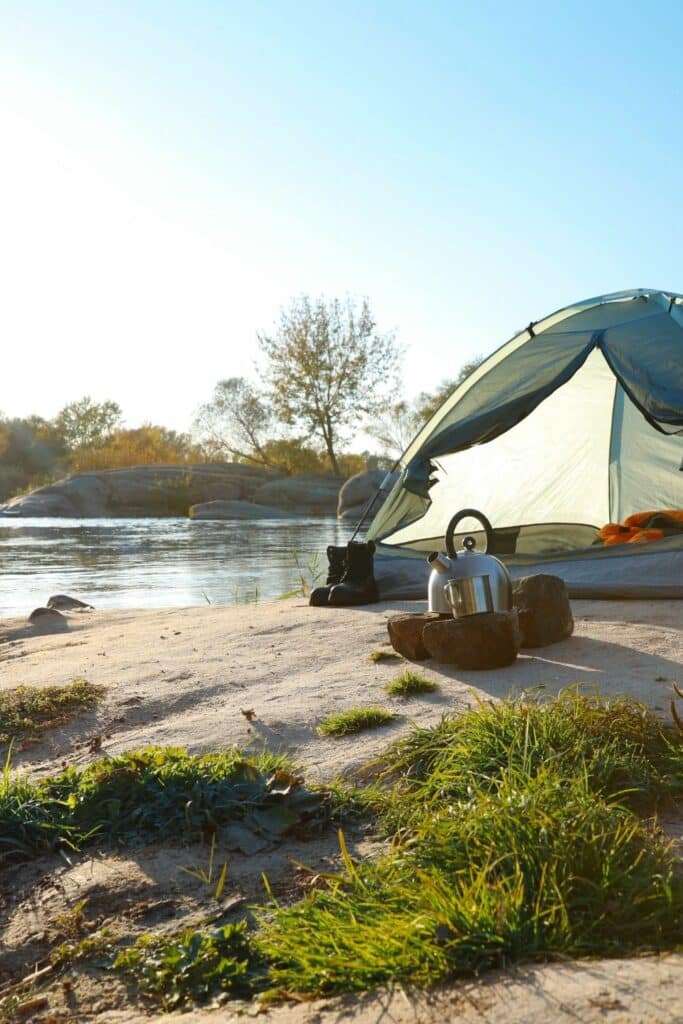
Synthetic Insulation
For those who want to keep costs low, synthetic bags offer excellent performance as well. The sleeping bags usually consist of polyester fibers. These fibers won’t be as lightweight and compressible as a down bag, but the warmth will still be there.
Perhaps the biggest selling point for synthetic bags is the fact that they continue to insulate when wet. This makes it ideal for damp or downright wet climates. Synthetic bags can also be treated with DWR chemicals, though it’s not as “make or break” as it is for down sleeping bags.
There are no synthetic equivalents of “fill power”, so you will have to make decisions based solely on the temperature ratings (hopefully with ISO or EN certifications).
Types of Sleeping Bag Fabrics
Typically, a sleeping bag for backpacking will use either nylon or polyester fabrics for the outer shell. These fabrics will be tightly woven together in order to hold the insulation in place.
Lots of research takes place when it comes to the distribution of the insulation throughout the bag. Manufacturers want to make sure that the insulation is given ample room to loft while remaining stationary. If insulation moves, this can create “cold spots” in the sleeping bag. Different bags have different baffling designs for the outer shell.
Consider the type of fabric used in the inner and outer shell. If durability is your main concern, search for bags with a higher denier fabric.
As mentioned above, if a down sleeping bag is your top pick, a DWR treatment on the outer shell could vastly improve the performance in damp climates.
Sleeping Bag Weight
When it comes to a sleeping bag for backpacking, the less weight the better. There are a few things that contribute to sleeping bag weight: insulation and the cut (shape).
Insulation Weight
In order to be rated for lower temperatures, a sleeping bag must have a higher amount of down stuffed into its baffles. The more insulation stuffed into the bag, the warmer it will be.
With higher quality insulations, a bag can provide a lower temperature rating while weighing less than another bag with a higher temperature rating. When comparing different bags, make sure to look at both fill power, insulation fill weight, and overall bag weight. These three components are the most important for maintaining low weight and high warmth.
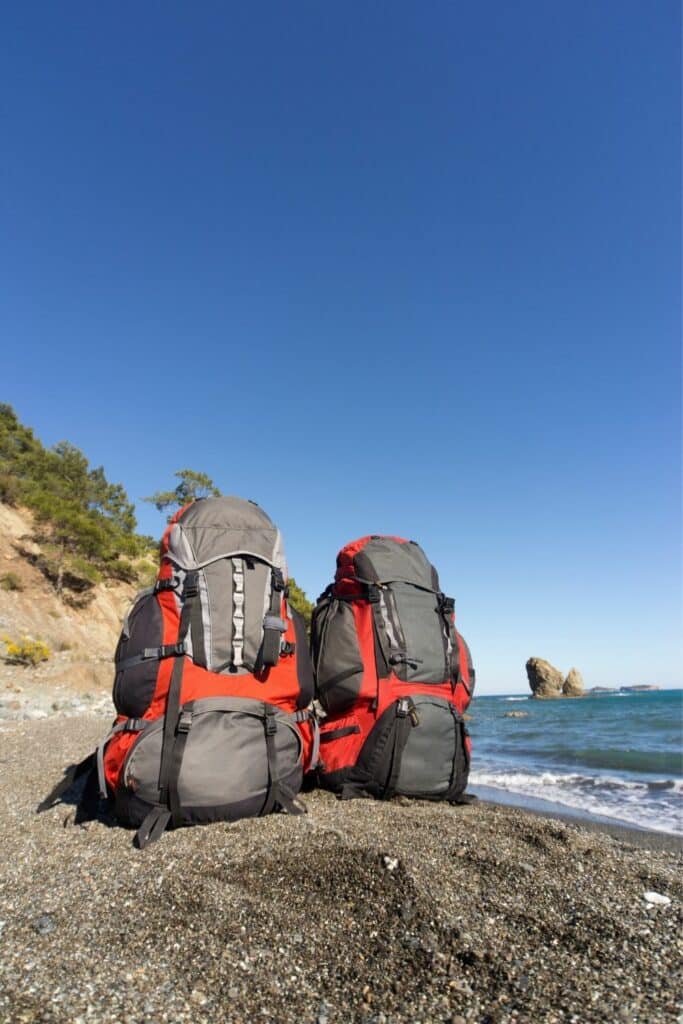
Sleeping Bag Cuts
Sleeping bags generally come in three varieties: rectangular, semi-rectangular, and mummy.
Rectangular
If you’ve been on family camping trips, you might have used a traditional rectangular sleeping bag. These are great for cheap, accessible options for camping. In the world of backpacking, however, this shape is known to be unreliable and inefficient.
Avoid these styles when shopping for a sleeping bag for backpacking.
Semi-Rectangular
This shape serves as a middle-ground between the two extremes. This shape cuts down on a lot of the inefficiencies found in rectangular sleeping bags while providing more room than a mummy.
Chances are no two semi-rectangular bags will look exactly the same. This category is a general umbrella term for any sleeping bag that doesn’t fit into either the mummy or rectangular class.
Semi-rectangular sleeping bags don’t have to be avoided as fervently as rectangular, but I suggest testing out a mummy bag first.
Mummy
The mummy-style sleeping bag cannot be beaten when it comes to efficiency. A mummy bag has a slim cut throughout, eliminating any extra, unnecessary room. Without this empty space found in the other two styles, mummy bags don’t have to “work” as hard to warm you up. It’s easier for your body to heat a smaller space.
This is also where the weight comes in. By removing any needless fabric and insulation that isn’t helping you stay warm, the overall weight is considerably lower.
Mummy sleeping bags commonly have a hood with a drawstring. On those crazy cold nights, cinching the hood over your head can help keep you warm with surprising effectiveness.
On the topic of shapes, I will always recommend a mummy cut.
Evaluating Your Sleep System
Now, with everything that we’ve learned thus far, none of it really matters if the other pieces of your sleep system aren’t up to par. A camper’s sleep system comprises of your sleeping bag, sleeping pad, and sleeping layers.
Sleeping Pad
The foundation of a comfortable night of sleep in the backcountry is good insulation under your sleeping bag. You could get the best of the best sleeping bag, but it won’t matter if you’re sleeping on the floor of your tent.
The quality and durability of sleeping pads deserve a whole write-up on their own, so I will keep this concise.
A sleeping bag obtains its temperature rating under the assumption that it will be used with a sleeping pad with an R-value greater than or equal to 5.5. If you know anything about R-values, you will know that this number is at the high end for sleeping pads.
So, in short, unless you are using a very high-quality insulating sleeping pad, the temperature rating on your sleeping bag will not be very accurate. Take the time to research sleeping bag and pad combinations that will work for the conditions you will camp in.
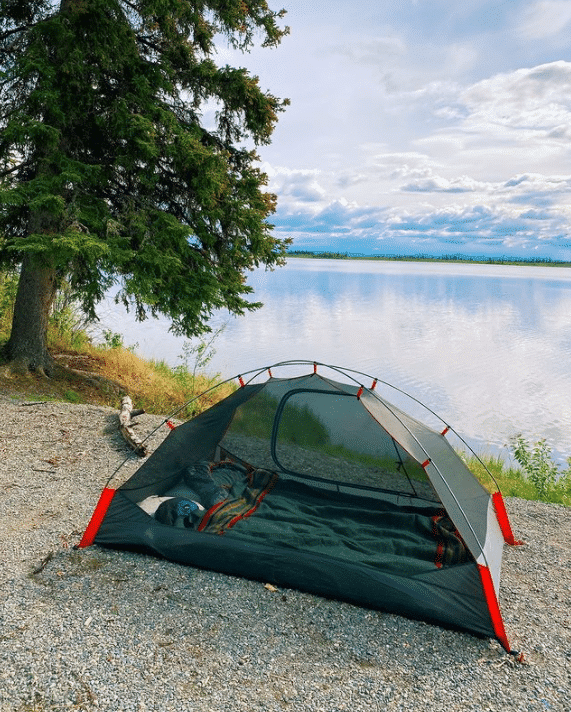
Clothing Layers
In addition to sleeping pads with an R-value of 5.5, sleeping pad temperature ratings also assume that the sleeper will be wearing full base layers. This includes a top, long underwear, and socks.
Investing in some premium base layers is not a bad idea. Moisture-wicking fabrics such as merino wool will elevate your sleep game.
Unique Sleeping Bag Features
After you understand what to look for in order to keep you warm, it’s time to consider features. Across all of the different brands, many sleeping bags have unique features that set them apart from the competition.
There are some features that I consider mandatory, such as a draft tube and draft collar. But others offer additional “luxuries” that may be useful to you.
Keep in mind that while certain features may be cool, they might add extra weight and bulk to the bag. Getting all the bells and whistles might seem fun, but at the end of the day, your sleeping bag is there to simply keep you warm.
Are Your Ready for Your Outdoor Adventure?
To me, there is rarely a better feeling than slipping into my sleeping bag in the great outdoors. A sleeping bag offers solace after a long trek through the backcountry.
It pays to take your time in researching which bag is best for you, so take all of this info and use it!
I hope this article is useful for finding your next (or first) cozy cocoon under the stars.
Related Reading

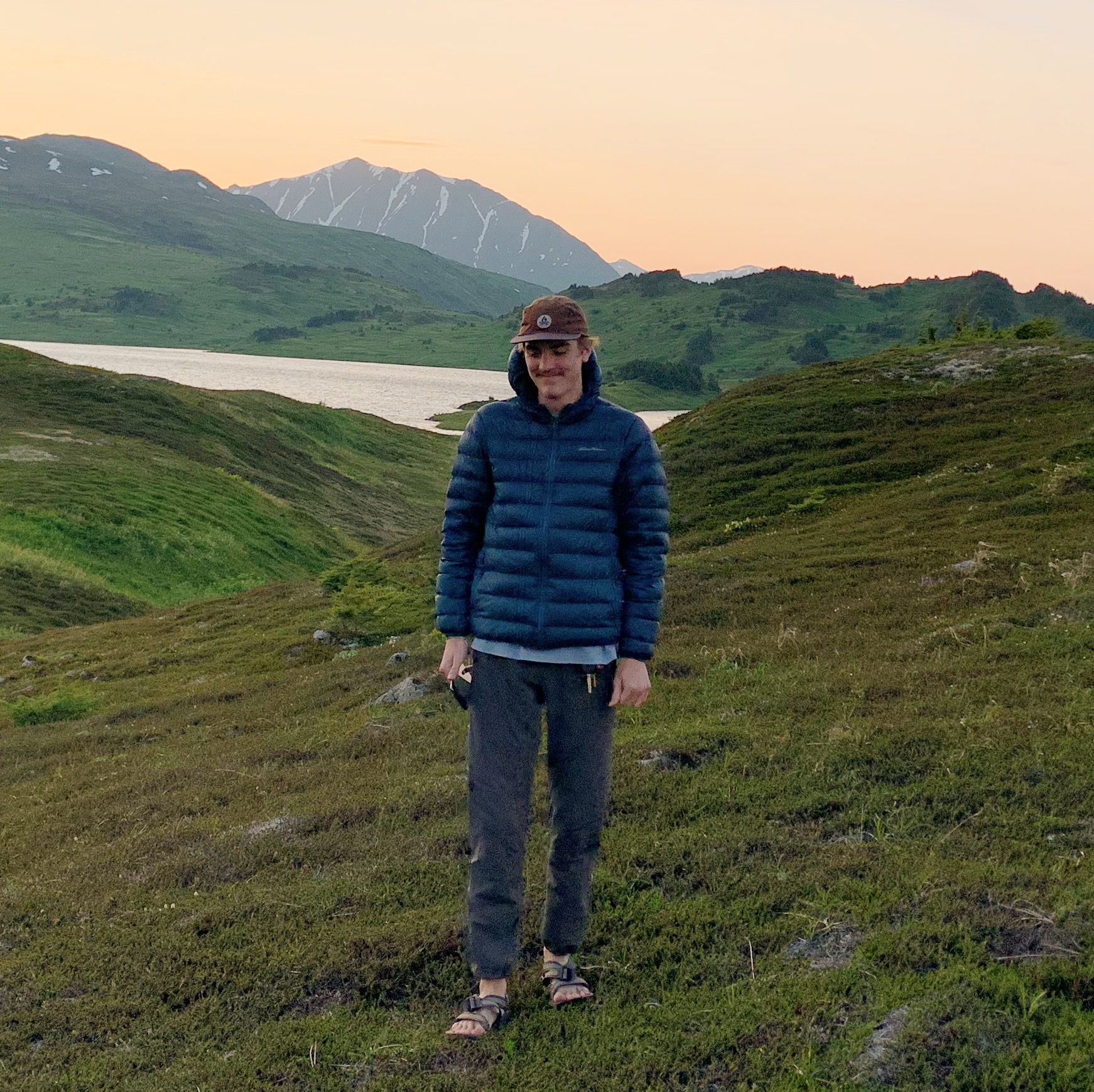
Josiah B gained invaluable experience while living on the road with his family, during which time he felt overcome with the desire to continue exploring. That search landed him in Seward, Alaska, where he currently resides. His love for the outdoors is welcome with open arms in the Last Frontier, and with an endless amount of hiking and backpacking to be done, he’s eager to share the best that Alaska has to offer.


